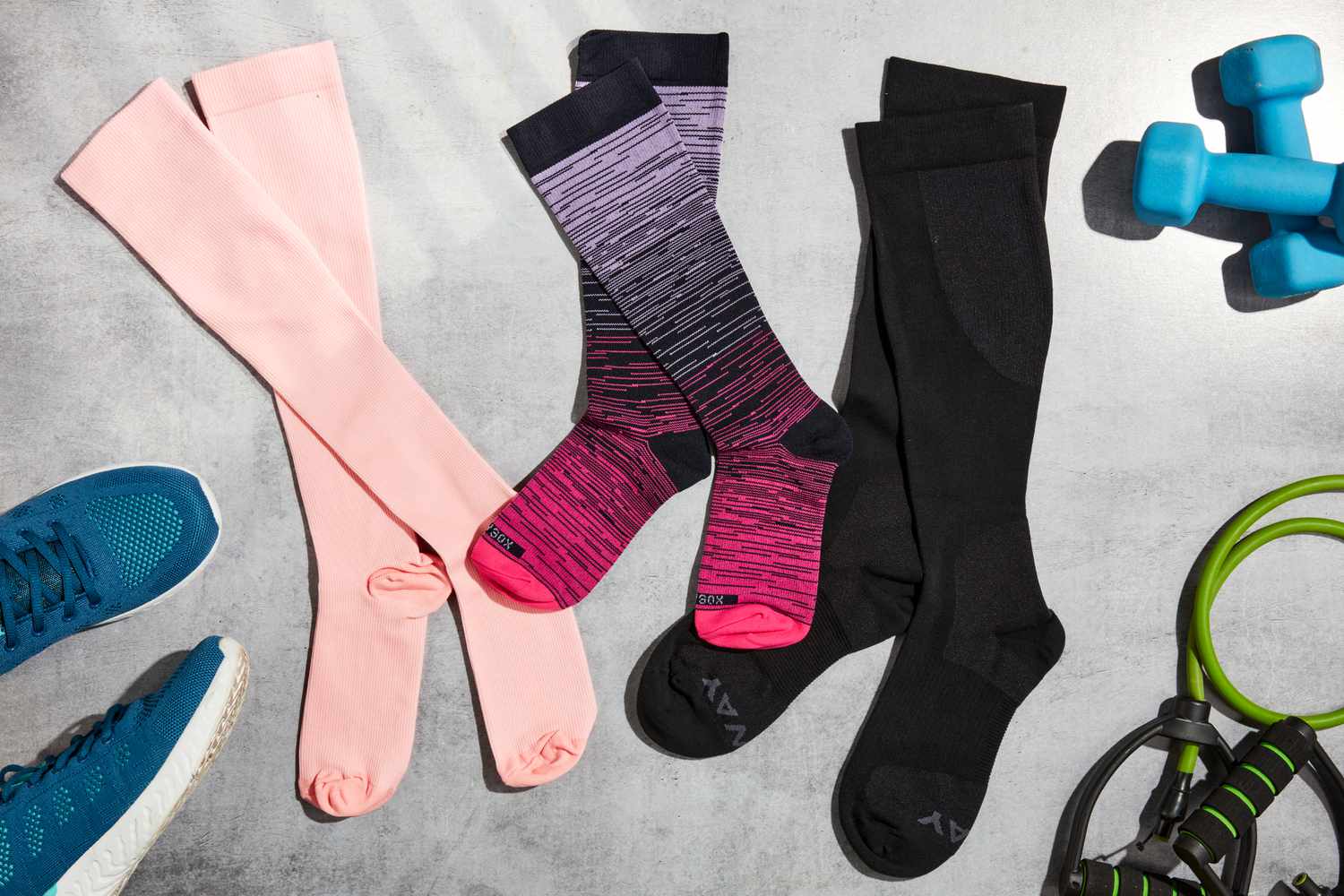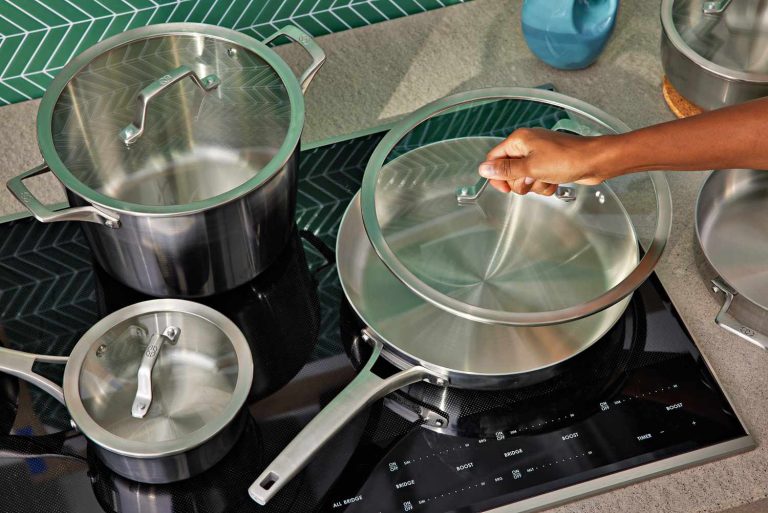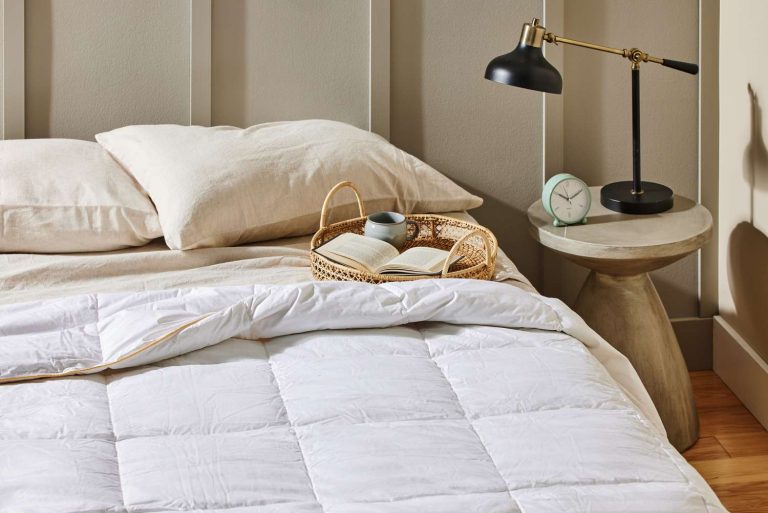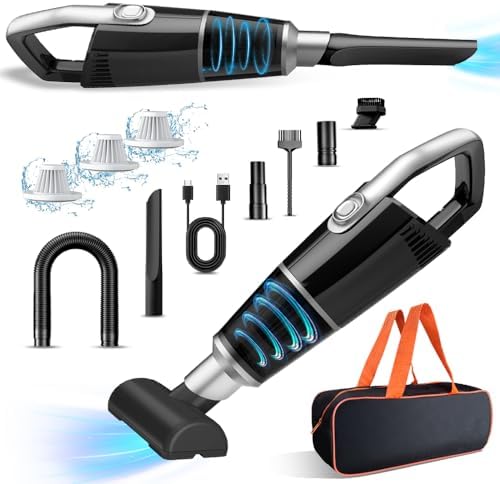9 Best Compression Socks for All-Day Comfort and Support
Struggling with tired, achy legs after a long day? Compression socks might just be your new best friend. These specially designed socks improve blood flow, reduce swelling, and help prevent issues like varicose veins. Whether you’re an athlete, a frequent flyer, or someone who spends long hours on their feet, the right pair can make a world of difference.
In this guide, we’ll explore the 9 best compression socks available today. From stylish options to high-performance pairs, there’s something for everyone. Ready to find the perfect fit for your needs? Let’s dive in and discover how these top picks can boost your comfort and overall well-being.
Choosing the Right Compression Socks
Choosing the right compression socks can make a significant difference in your comfort and overall health. Here are some essential factors to consider:
Different Levels of Compression
Understanding different compression levels is crucial. Compression socks typically range from 15-20 mmHg (light) to 30-40 mmHg (extra firm). Light compression is perfect for everyday wear and mild swelling. Moderate compression (20-30 mmHg) suits athletes and individuals seeking relief from moderate swelling or varicose veins. Higher levels, such as 30-40 mmHg, are often prescribed for more severe medical conditions and should be used under a doctor’s guidance. Choose the level that aligns with your specific needs.
Material Considerations
Selecting the right material ensures comfort and durability. Common materials include nylon, spandex, and lycra. Nylon-spandex blends are breathable and durable, ideal for daily use. Cotton blends offer additional softness but may lack the same durability. Moisture-wicking fabrics are great for athletes as they help keep your feet dry. Consider brands that offer antimicrobial properties to reduce odor, especially for long-term use. Always opt for high-quality material to enhance both comfort and longevity.
Review of the 9 Best Compression Socks
Choosing the right compression socks can make a huge difference in comfort and health. Here’s a review of the best options available for various needs.
Top Pick for Everyday Use
Physix Gear Sport Compression Socks: These socks offer perfect balance with 20-30 mmHg compression. They feature a seamless design that prevents chafing and discomfort, making them ideal for daily wear.
Best for Athletes
CEP Progressive+ Compression Run Socks 2.0: Designed specifically for runners, these socks provide excellent muscle support and reduce fatigue during long runs. The moisture-wicking fabric ensures your feet stay dry.
Best for Travel
Sockwell Elevation Firm Compression Socks: Ideal for long flights, these 15-20 mmHg socks help prevent swelling and DVT. The merino wool blend is soft, moisture-wicking, and naturally odor-resistant.
Best for Pregnancy
Blanqi Everyday Maternity Belly Support Girlshorts: These compression socks are designed to alleviate pregnancy-related swelling. The targeted compression zones provide support to key areas, ensuring optimal comfort throughout the day.
Best for Medical Use
Jobst Relief Compression Knee High: Offering medical-grade 20-30 mmHg compression, these socks are perfect for addressing more severe issues like varicose veins and edema. The durable material ensures long-term use.
Best Budget-Friendly Option
Charmking Compression Socks: Affordable yet reliable, these socks offer 15-20 mmHg compression. They come in a pack of 7, providing an economical choice without compromising on quality.
Best for Style and Design
Sockwell Circulator Compression Socks: These socks combine fashion and function. With attractive patterns and colors, they provide moderate 15-20 mmHg compression, making them a stylish choice for everyday wear.
Best Eco-Friendly Option
Go2Socks Bamboo Compression Socks: Made from sustainable bamboo fibers, these socks offer 20-30 mmHg compression. They are eco-friendly, naturally antimicrobial, and incredibly soft.
Best for Durability
Dovava Dri-Tech Moisture Control Compression Socks: Known for their robust construction, these socks provide 20-30 mmHg compression. The reinforced heel and toe areas ensure they last through rigorous use.
How to Properly Use Compression Socks
Learning how to use compression socks correctly ensures maximum benefits for your legs and feet.
Steps for Putting On Compression Socks
- Choose the Right Time: Put on compression socks first thing in the morning when your legs are the least swollen.
- Prepare Your Socks: Turn the sock inside out up to the heel. This makes it easier to slide your foot in.
- Slide and Adjust: Place your foot in the sock, ensuring the heel is positioned correctly. Gradually roll the sock up your leg, smoothing out any wrinkles.
- Check Fit and Comfort: Ensure the sock fits snugly but doesn’t cause discomfort. Re-adjust to eliminate bunching which can restrict circulation.
- Gradual Wear Time: Start by wearing compression socks for a few hours a day and gradually increase the duration as your legs adjust.
- Keep Them Clean: Wash your compression socks regularly to maintain elasticity and hygiene. Follow the care instructions on the label.
- Stay Dry: Moisture can cause irritation. Ensure your legs and feet are dry before putting on the socks.
- Monitor Skin Changes: Regularly check your skin for signs of irritation or pressure marks and adjust usage if needed.
Caring for Your Compression Socks
Proper care for your compression socks ensures they stay effective and last longer. Follow these tips to keep them in the best condition.
Washing and Drying Tips
Washing your compression socks gently is essential for maintaining their elasticity. Use cold or lukewarm water with a mild detergent. Avoid using bleach, fabric softeners, or harsh chemicals, as these can damage the material.
Hand washing is recommended, but if you must use a washing machine, place the socks in a mesh laundry bag to protect them. Set the machine to a gentle cycle.
Drying your compression socks properly is just as important. Lay them flat on a clean towel and roll them gently to remove excess water. Avoid wringing the socks, as this can distort their shape and elasticity. Let them air dry away from direct sunlight and heat sources like radiators or dryers, as excessive heat can degrade the fibers.
When to Replace Your Compression Socks
Replacing your compression socks regularly ensures they continue to provide the required support. On average, you should replace them every 3 to 6 months, depending on how often they are worn and washed. Look for signs of wear and tear, such as thinning fabric, loss of elasticity, or visible damage.
If you notice that the socks no longer provide the same level of compression, it’s time to get a new pair. Monitoring the condition of your compression socks ensures they remain effective and comfortable, helping you maintain optimal leg health.
Conclusion
Choosing the right compression socks can make a significant difference in your daily comfort and long-term leg health. Whether you’re an athlete seeking muscle support or a frequent traveler aiming to prevent swelling, there’s a perfect pair out there for you.
Consider your specific needs and preferences when selecting compression levels and materials. Proper usage and care will ensure your socks remain effective and durable, providing you with the benefits you seek.
By investing in the right compression socks and maintaining them well, you can enhance your overall well-being and keep your legs feeling their best.






